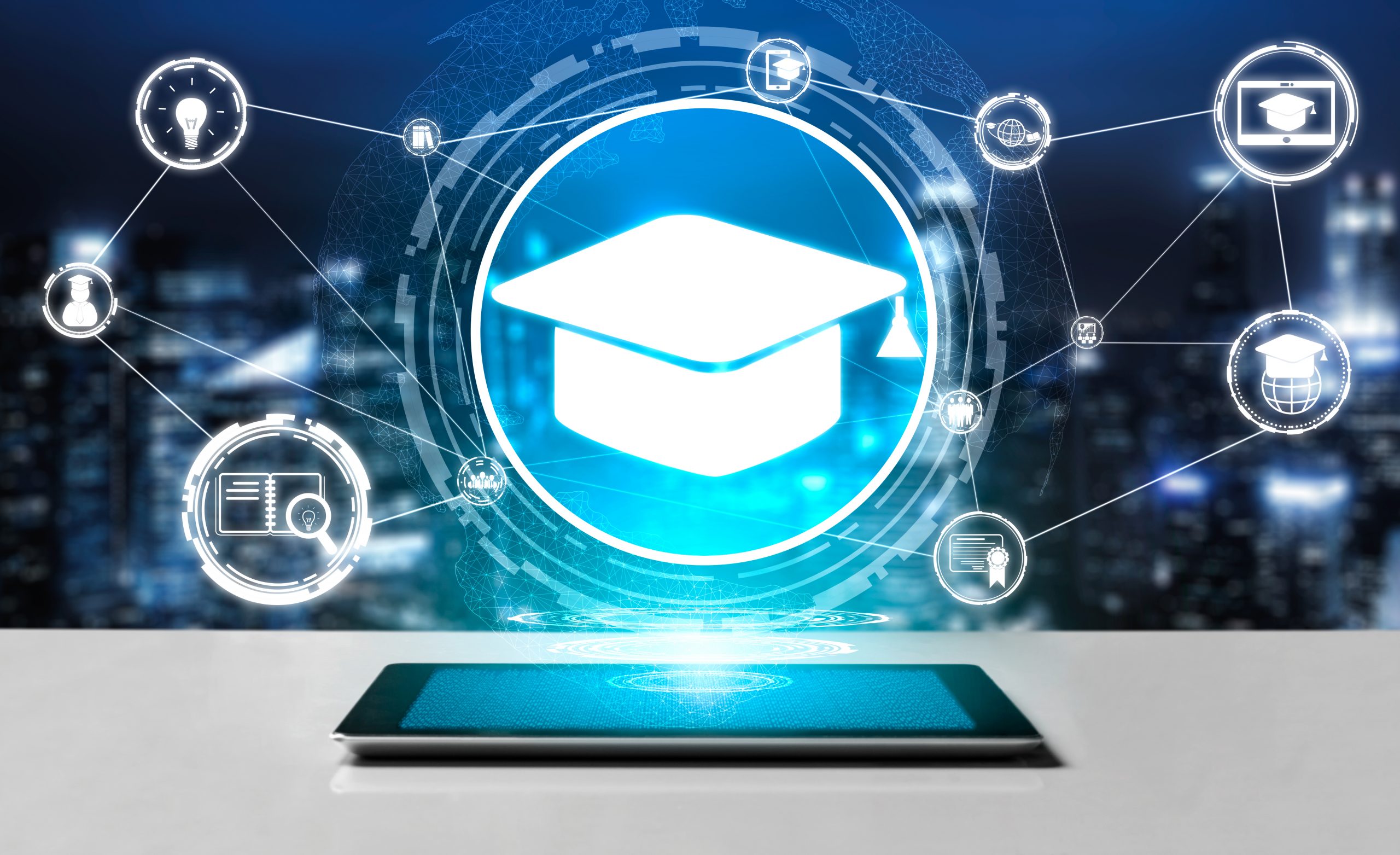Safeguard Your Future with Cost Effective and Reputable Insurance
Safeguard Your Future with Cost Effective and Reputable Insurance
Blog Article
Comprehensive Service Guides for Advancing Technology Education in Schools and Colleges
The integration of modern technology education right into college and university educational program has actually become an important important in preparing trainees for a significantly digital workforce. What specific approaches can be embraced to optimize their influence on both trainees and teachers?
Importance of Technology Education
As innovation proceeds to progress at an extraordinary pace, the importance of technology education has come to be increasingly obvious in today's culture. The assimilation of technology into numerous elements of life demands that people possess a fundamental understanding of technical ideas and applications. This understanding not only boosts employability yet additionally cultivates essential thinking and analytical skills crucial for navigating a dynamic workforce.
In universities, modern technology education and learning equips students with the ability to adjust to fast modifications in markets driven by development. It motivates imagination and encourages learners to involve with emerging technologies, from fabricated knowledge to information analytics. Innovation education advertises digital literacy, which is vital in an age where info is readily offered yet usually misleading.

Trick Parts of Effective Guides
Efficient overviews for innovation education should incorporate several crucial components to ensure that learners gain one of the most from their experiences. Initially, a distinct educational program is crucial, outlining the purposes, discovering end results, and the skills to be established. This educational program must be routinely updated to mirror the rapidly advancing technical landscape, guaranteeing importance and applicability.
Second, thorough resources that consist of textbooks, on-line products, and hands-on tools are essential. These resources ought to be easily accessible and varied, providing to numerous discovering designs and choices. In addition, incorporating real-world situations and instance studies can improve understanding and involvement.
Third, analysis approaches need to be included to evaluate student progression efficiently. These assessments need to be varied, including cumulative and formative examinations that align with the knowing purposes.
In addition, expert development chances for educators are vital. Training workshops and programs can furnish teachers with the most up to date technical advancements and pedagogical approaches.
Last but not least, promoting a joint understanding environment motivates peer communication and expertise sharing. By consisting of these crucial parts, overviews for technology education can substantially improve the discovering experience, preparing students for future difficulties in a progressively digital world.
Building Market Collaborations
Building solid industry partnerships is a vital aspect of boosting modern technology education. These cooperations in between schools and services produce a dynamic ecosystem that benefits students, companies, and instructors alike. By promoting partnerships with sector leaders, universities and schools can straighten their educational programs with the advancing needs of the task market, ensuring that students acquire pertinent abilities and expertise.
The development of internships, instructions, and mentorship programs acts as a cornerstone of these partnerships. Such opportunities offer trainees with hands-on experience, improving their employability and useful understanding of innovation applications. Furthermore, market partners can offer insights into arising trends and technical innovations, allowing instructors to adjust their mentor methods appropriately.
Additionally, collaborations can help with access to sources, such as devices, software application, and financing for study projects. These payments improve the finding out environment and enable establishments to remain at the look at here forefront of technical advancement. Eventually, constructing why not find out more durable market collaborations is important for growing a skilled labor force that meets the needs of today's rapidly changing technological landscape, while additionally driving financial growth and competition in the broader area.
Implementing Technology Programs
Implementing modern technology programs within universities calls for a strategic technique that focuses on both educational program growth and source allocation. To launch effective innovation assimilation, institutions have to first analyze their existing framework and identify spaces in resources, including hardware, software application, and workers training. This assessment enables colleges and universities to create a customized plan that aligns with their details educational goals.
Following, it is necessary to create an extensive educational program that incorporates arising modern technologies and industry requirements. Working together with instructors, sector professionals, and stakeholders can ensure that the educational program continues to be appropriate and efficient in preparing students for the labor force (Grants). In addition, professional growth for professors is important, as it gears up teachers with the abilities necessary to successfully teach brand-new modern technologies
Moreover, institutions should emphasize the significance of hands-on learning experiences, such as workshops and labs, that permit students to apply theoretical understanding in functional setups. This experiential approach boosts interaction and cultivates critical reasoning. Lastly, securing sustainable funding with collaborations and grants can help keep and broaden modern technology programs, guaranteeing lasting success and flexibility in an ever-evolving technical landscape.
Gauging Success and Results
Assessing the success and outcomes of modern technology education programs is vital for confirming their impact and directing future enhancements. Reliable dimension structures should encompass both measurable and qualitative metrics, providing a comprehensive view of program efficacy. Secret performance indicators (KPIs) such as trainee registration numbers, retention rates, and program conclusion portions offer valuable quantitative information.

Integrating standardized evaluations can further review trainees' technological proficiencies and readiness for the workforce. Benchmarking versus similar establishments permits contextually relevant contrasts, highlighting locations for growth.
Eventually, the continual assessment of modern technology education and learning programs fosters a society of renovation, ensuring that they advance in placement with sector demands and academic standards. By methodically determining success, organizations can not only show responsibility to stakeholders yet also improve their offerings, thereby enhancing the finding out experience and preparing students for the ever-changing technological landscape.
Verdict

The assimilation of innovation education right into school and university curricula has come to be a vital essential in preparing trainees for an increasingly digital workforce.As innovation continues to develop at an extraordinary speed, the importance of modern technology education has come to be significantly evident in today's society.In instructional institutions, innovation education gears up pupils with the capability to adapt to rapid adjustments in sectors driven by development. By prioritizing technology education, institutions can grow a generation of notified people capable of leveraging modern technology for societal and individual advancement. The implementation of robust assessment techniques makes it possible for establishments to determine success and results, inevitably enhancing the overall performance of modern technology education and learning initiatives and preparing pupils for future obstacles.
Report this page